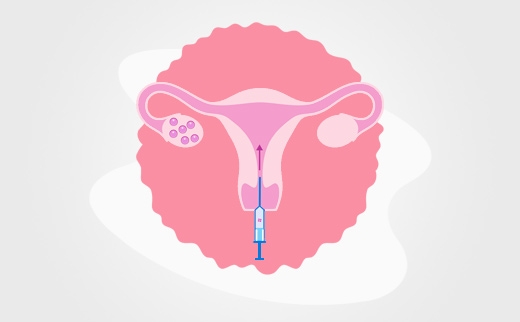Timeline and Process
The overall duration of IVF and embryo transfer process is typically around 6 to 8 weeks. Let’s delve into the detailed procedure:
Pre-Screening
Initially, the doctors at Nimaaya Women’s Healthcare will inquire about your medical history and conduct specific tests. Firstly, they will start by reviewing your medical, surgical, and fertility history, as well as conducting blood tests to check for infectious diseases and genetic disorders. Additionally, the doctors will evaluate the quality of sperm and assess the internal contours of the uterus.
Medications
To regulate your hormone cycle, the team at Nimaaya prescribes 3 to 4 weeks of birth control. In most cases, they prefer to work with your natural cycle and avoid using injections.
Injections
On the second or third day of your menstrual cycle, the IVF specialist will evaluate your uterus and ovaries. If they determine that you are ready for the injections, the process will begin.
Over the next 10 to 12 days, your ovaries will be monitored through regular ultrasound appointments. Once they are deemed ready, the egg retrieval procedure will take place.
After the retrieval, the eggs will be fertilized and grown in the IVF laboratory for a minimum of 6 days before being frozen.
FET Preparation
You might have a question: On which day of cycle is frozen embryo transfer done?
Two weeks after the egg retrieval procedure, women begin their natural menstrual period. On the second or third day of that cycle, doctors will perform an ultrasound and initiate estrogen pills to prepare the endometrial lining. You will then undergo certain tests at regular intervals. After completing the process, the embryo transfer is scheduled for five days later.


